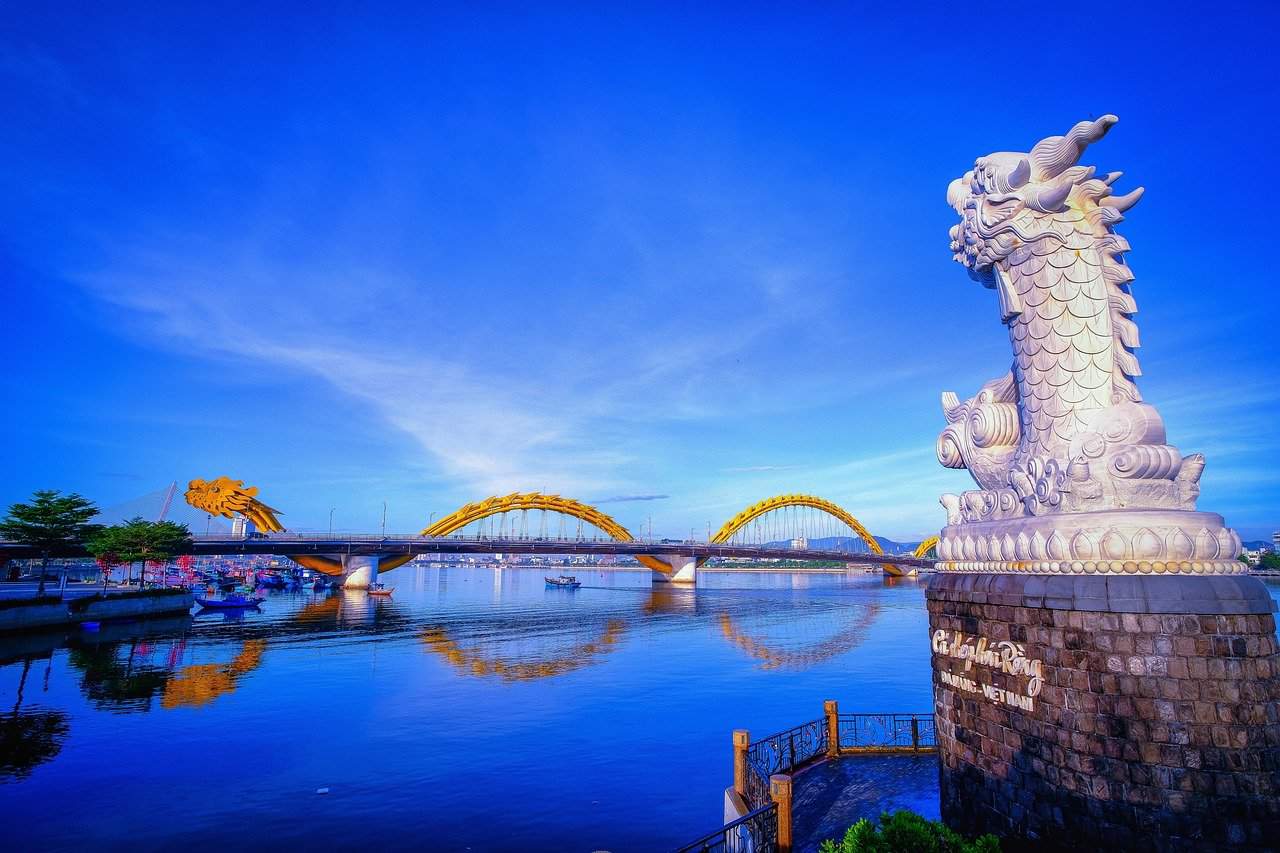Although there’s been a lot of talk about going back to working in offices, remote work is still increasing in popularity and causing changes in cities all over the world.
Nomad List, a platform that tracks remote workers, has identified the remote work hubs that have experienced the most significant growth. They analyzed almost 300,000 check-ins on their platform over the past two years to come up with this ranking.
Tokyo took the top spot as the fastest-growing destination for digital nomads, with a 369% increase in remote workers last year alone. What surprised me was the city that came in at second place – Da Nang.

Just 5 years ago, Da Nang whispered promises of golden beaches, fiery sunsets, and a cost of living so low it rivaled pocket lint. Drawn by these siren calls, many digital nomads, packed their laptops and booked a one-way ticket.
Back then, a beachside condo was your oyster for $300 a month, banh mi cost pennies, and the friendly “cam on” echoed like a sweet refrain. Ah, those were the days.
Fast forward to 2024, and Da Nang’s charm remains undeniable. However, a new melody has entered the mix: the gentle clinking of rising cost of living. The digital nomad influx has no doubt transformed this coastal haven, boosted its economy and injected vibrancy into its streets. But this has come at a cost – literally.

Living the Da Nang Dream: Now with Platinum Costs
A recent Nomad List survey puts the average rent for a one-bedroom apartment in Da Nang’s My Khe Beach area at a cool $600-700. That’s a 100-133% increase in just five years! Co-living spaces, once a budget-friendly alternative, are now closer to $400 a month. Groceries have also seen a noticeable bump, with basic items like rice and veggies showing a 15-20% increase.
The cost of food and dining has also seen a rise. A meal at an inexpensive restaurant in Da Nang, which cost around $2 in 2019, now costs approximately $2.30 (source). While this might seem like a small change, it’s indicative of the overall trend of rising costs.
Café Culture Impact
Da Nang’s vibrant café culture, a major draw for digital nomads, has also experienced a shift. The popularity of co-working spaces and trendy cafés with reliable Wi-Fi has led to an increase in prices. A cup of coffee, once a steal at a local café, now averages around 30,000 VND, a 20% increase from 2017. This price hike reflects both the rising cost of living and the growing demand for suitable work environments.

From Budget Backpackers to Luxe Nomads
Da Nang’s international airport didn’t use to buzz with remote workers tapping away on keyboards. In fact, budget airlines used to dominate the routes, offering dirt-cheap flights from neighboring Southeast Asian countries.
Today, the scene is different. While budget carriers still exist, premium airlines with sleek interiors and higher price tags have joined the party. A quick search reveals a flight from Bangkok to Da Nang that cost $40 in 2019 now hovers at around $80.
Transportation Costs
Da Nang’s a relatively small place, allowing for convenient and affordable transportation options. However, the recent increase in demand has led to a rise in prices. Motorbike rentals, a popular choice for exploring the city and its surroundings, have seen a notable increase.
According to data from Numbeo, the average cost of renting a motorbike has risen by 15% since 2018, making it necessary for visitors and expats alike to budget more for their daily commute.
Conclusion
In short, the rise of remote work has caused significant changes in cities globally. Da Nang, once an affordable destination for digital nomads and travelers alike, has experienced a sharp increase in the cost of living, impacting accommodation, food, coffee, transportation, and even airfare. While its charm remains, it now comes at a higher price.




